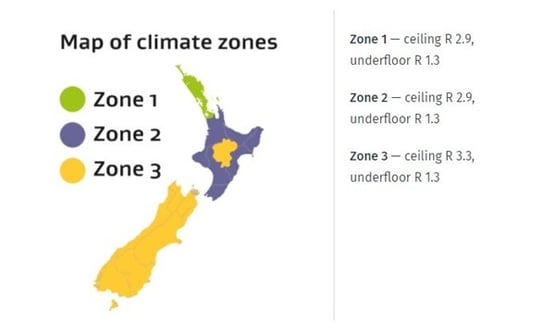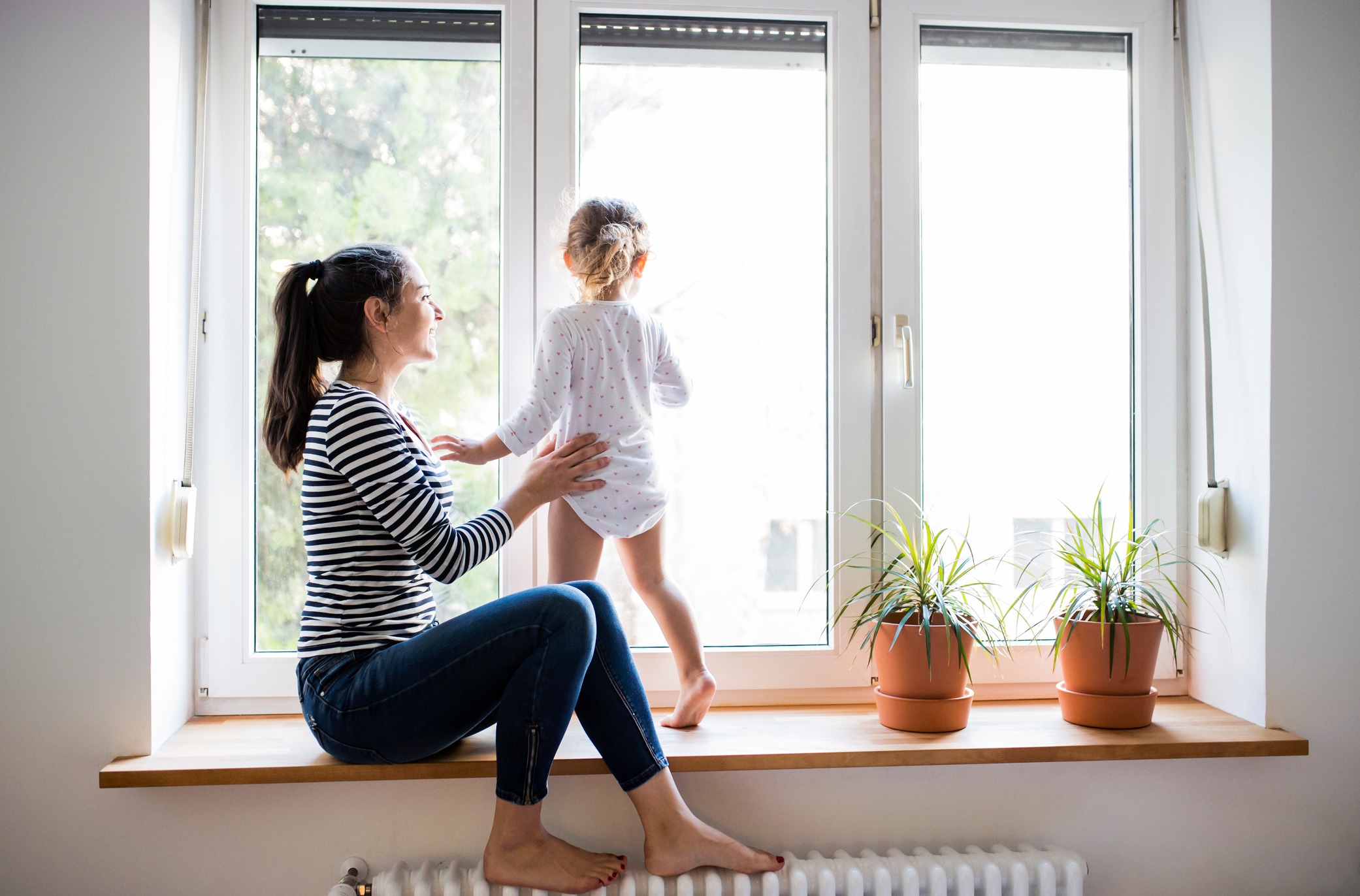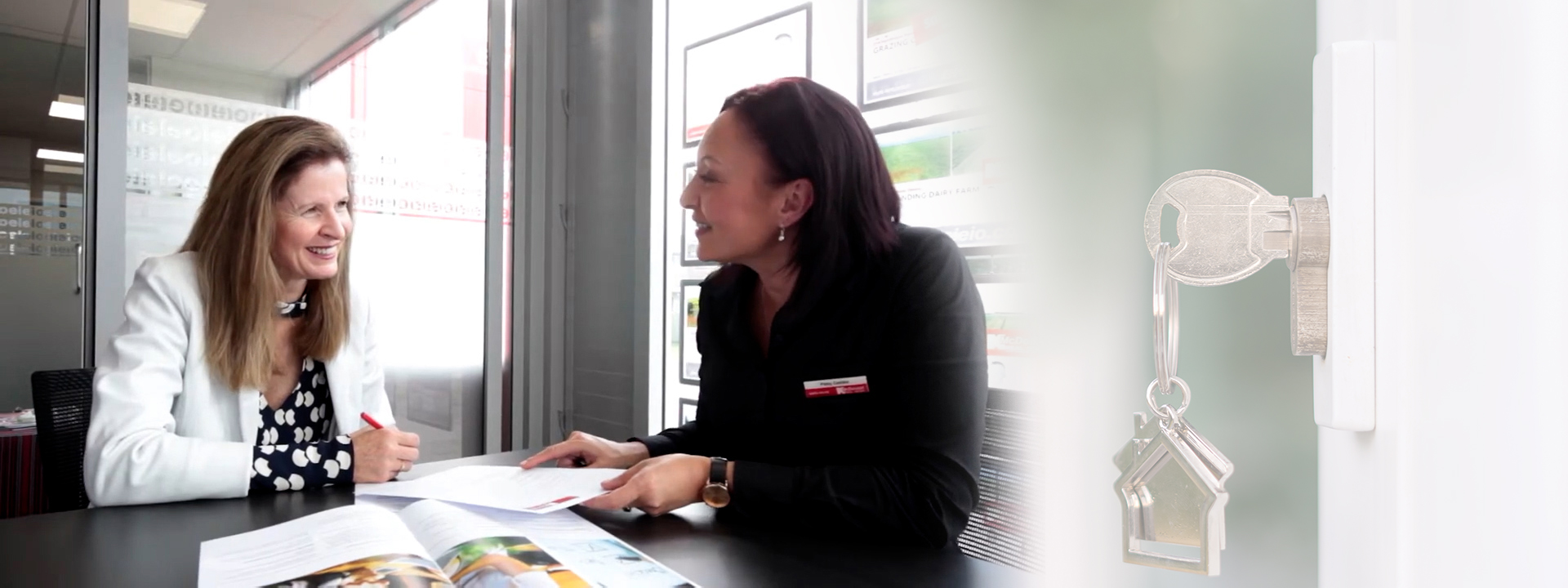The Healthy Homes standards explained and why it is needed
If you own a rental investment then you are sure to have heard of the Healthy Homes standards which passed into law on the 1st July 2019. The governments reasoning for the standards was to stop the rising number of rental homes that were maintained at a poor standard and to help the increasing number of families being admitted to hospitals every year around New Zealand with preventable illnesses caused by poor housing conditions. As we spend a lot of our time in our homes, the quality of housing and the indoor living environment is an essential component of our health and well-being.
The standards can seem an overwhelming announcement for many landlords as in many cases there will be some non-budgeted maintenance work to be carried out on their properties. However long term this can have many advantages.
The positive outcome for landlords is that once the standards are implemented, landlords will see less maintenance needed in the long-term as their properties will be less prone to such things as moisture damage and mould. This is a positive payoff and will not only add value to the rental home but will also mean avoiding any fines which may be issued. Plus, happy and healthy tenants are more likely to stick around and pay rent on time - avoiding the cost of new occupants.
Since the first deadlines that saw landlords needing to have all their rental houses insulated, some landlords have been taken to the tribunal for not complying with these rules. Failure to meet the insulation requirements is an unlawful act under the Residential Tenancies Act 1986 and landlords may face fines of up to $4,000 for failure to comply.
Here is a link to a case where a landlord has had to pay tenants $1500 for not hitting the insulation deadline.
Important dates and changes to the Healthy Homes standards
Since the 1st July 2021, all new or renewed tenancy agreements are required to comply with the Healthy Homes standards within 90 days of any new or renewed tenancy. Landlords can either do the work themselves or employ professional tradespeople, as long as the standards are adequately met. The final date to look out for is the 1st July 2024 by which point all rental houses must fully comply with the standards. The only situation where this wouldn’t be applicable to you is if you’ve had a long-term tenant for the entire time.
As a refresher, the Healthy Homes Standards (HHS) stated by the Ministry of Urban Development are:
Heating
Rental homes must have fixed heating devices in living rooms, which can warm rooms to at least 18°C as recommended by the World Health Organisation. Some heating devices are inefficient, unaffordable or unhealthy, and they will not meet the heating standard requirements. For example, the heating source needs to be permanent so a spare heater plugged into the wall simply won't cut it.
The size of you heater is crucial but will depend on the size and insulation of the living room. Using a small heater in a large room won't make the grade so use this Heating assessment tool to find out if your current heating needs to be upgraded. You also need to ensure there are no drafts or leaks allowing the heat to escape.
Insulation
All rental homes must have ceiling and underfloor insulation which either meets the 2008 Building Code, or (for existing ceiling insulation) is at least 120mm thick. Sufficient insulation can help to reduce condensation, mould and damp which means happier tenants and less ongoing maintenance costs for you.
The R-value of your insulation is the key and it measures how much thermal resistance it provides. For rentals nationwide, all ceiling insulation must have an R-value of 1.3 but the R-value of your underfloor insulation with depend on which climate zone the house is located in. There are three different zones in New Zealand and the R-value ranges from 2.9 to 3.3 based on their average weather patterns.

Ventilation
There are two key requirements enforced in the new standards that will keep the house safe and healthy for longer. Firstly, all rental homes must have the right size extractor fan in both the kitchen and bathroom to ensure steam is adequately circulated and moisture doesn’t build up.
Secondly, all habitable rooms must have windows, doors or skylights that can be securely opened to allow airflow. These openings must amount to at least 5% of the floor area of the room and be able to be fixed in the open position.
Moisture and drainage
Rental homes must have efficient guttering, downpipes and drains to ensure all moisture doesn’t build up and cause damage. If a rental home has an enclosed subfloor, it must have a ground moisture barrier if it’s possible to install one.
It’s also worth checking your plumbing to ensure there are no leaks or residues around the house. If these problems go unresolved, it can lead to serious damage both to the house and the tenants health.
Draught-stopping
Rental homes must have no unnecessary gaps or holes in walls, ceilings, windows, floors, and doors that cause noticeable draughts. All unused chimneys and fireplaces must be blocked, unless the tenant specifically requests otherwise in the tenancy agreement. It’s also worth noting that if your house is prone to draughts, you can’t use the age or condition of the house as an excuse. All unreasonable gaps must be stopped or sealed up.
Here at McDonald Real Estate, it is important for us to make sure that all properties in Taranaki managed by us are compliant with the deadlines. This means that our landlords are not only protected from being fined but also the tenants we place in homes are safe and healthy.
If you would like to know more about the Healthy Homes legislation we have developed the 'landlords guide to understanding Healthy Homes Standards'. It also includes a handy compliance checklist. Download now by clicking here or on the graphic below.
The Taranaki region has a growing population with many of its occupants living in rental accommodation. If you are a landlord and unsure if your rental complies with the regulations, feel free to contact our property management team. We are happy to help answer any questions you may have and also get your rental property on track to being identified as a Healthy Home.







